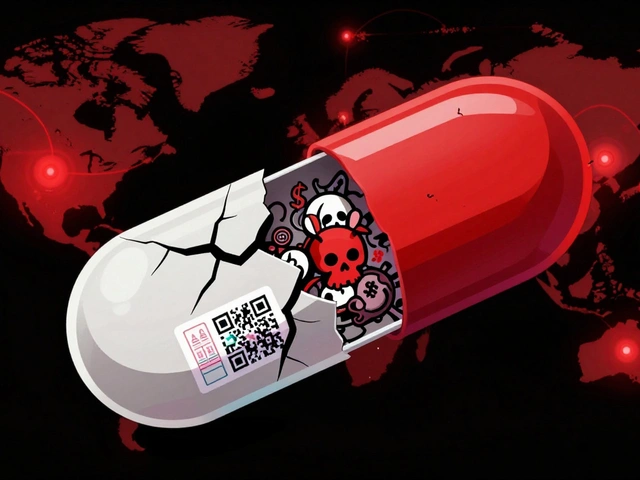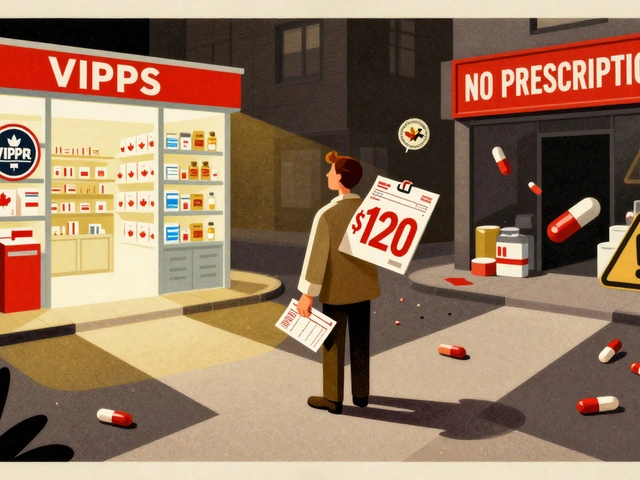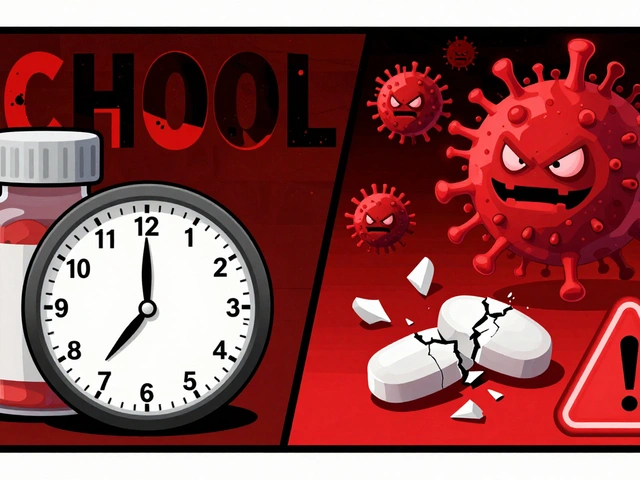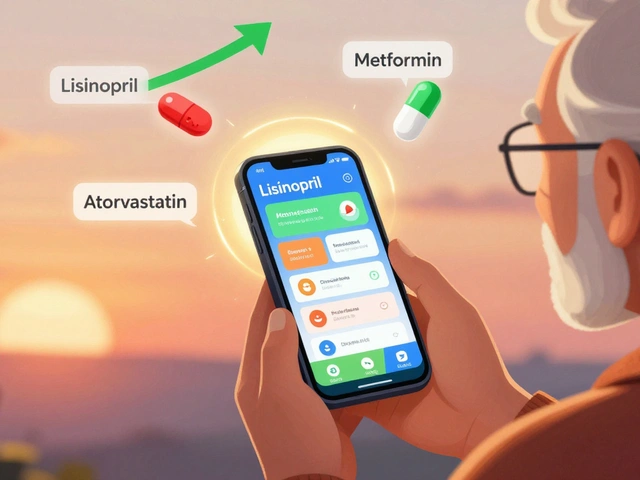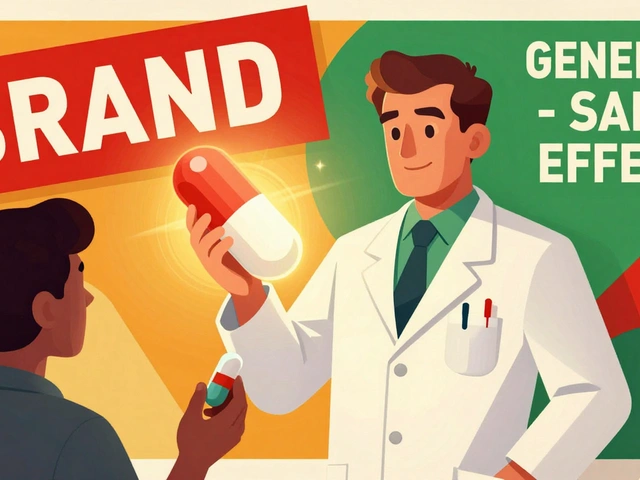Cholesterol Medication: What It Is, How It Works, and When to Use It
If you’ve ever heard the word “statin” or seen a prescription label that says “cholesterol medication,” you’re probably wondering what it actually does. In plain terms, these drugs lower the amount of bad cholesterol (LDL) in your blood so your heart and arteries stay clear. They aren’t magic pills—you still need a healthy diet and exercise—but they can make a big difference when lifestyle changes alone aren’t enough.
Most cholesterol meds belong to two families: statins and non‑statin drugs. Statins, such as atorvastatin, rosuvastatin, and simvastatin, block an enzyme the liver uses to produce cholesterol. Non‑statin options include ezetimibe (which stops cholesterol from being absorbed in the gut) and PCSK9 inhibitors like alirocumab that help the liver remove LDL faster. Your doctor will pick a type based on your cholesterol level, other health conditions, and how you’ve responded to meds before.
When Doctors Prescribe Cholesterol Medication
Doctors usually start talking about medication when your LDL stays high after diet, weight loss, or exercise. If you have risk factors like diabetes, high blood pressure, or a family history of heart disease, the threshold for prescribing meds drops even lower. The goal isn’t just to hit a number; it’s to cut the chance of a heart attack or stroke over the next decade.
During your first appointment, expect a simple blood test called a lipid panel. It measures total cholesterol, LDL, HDL (the good kind), and triglycerides. If LDL is above 130 mg/dL without other risks, lifestyle tweaks may be enough. Once it crosses 160 mg/dL—or you have additional risk factors—a prescription often follows.
Common Side Effects & How to Manage Them
Statins are safe for most people, but about 10% report muscle aches, especially when they start the drug. If the pain is mild, keep taking it and talk to your doctor; they might adjust the dose or switch to a different statin. Rarely, you could see liver enzyme changes, so doctors usually order a follow‑up blood test after a few months.
Non‑statin meds have their own quirks. Ezetimibe can cause stomach upset, while PCSK9 inhibitors are injected once or twice a month and may lead to mild injection site reactions. Knowing the side effects helps you catch problems early and keep treatment on track.Don’t stop a medication without consulting your doctor—even if you feel fine. Stopping abruptly can raise LDL quickly, undoing months of progress. If you’re worried about cost, ask about generic versions or patient assistance programs; many manufacturers offer discounts for those who qualify.
In everyday life, pair the pill with simple habits: choose whole grains over refined carbs, add a handful of nuts or seeds to meals, and aim for at least 150 minutes of moderate activity each week. Those steps boost the medication’s effect and protect your heart from multiple angles.
Bottom line: cholesterol medication is a tool, not a cure‑all. When you understand why it’s prescribed, what to expect, and how to handle side effects, you’re more likely to stick with it and see real health benefits. Talk to your healthcare provider about the best option for you, and keep checking in so you stay on top of your heart health.


